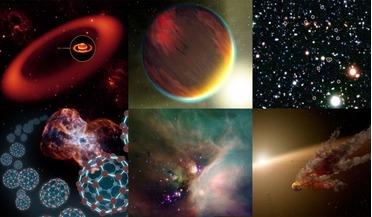 31 January 2020
A final farewell to NASA's Spitzer Space Telescope
31 January 2020
A final farewell to NASA's Spitzer Space Telescope
...work may be detecting the seven Earth-size planets in the TRAPPIST-1 system - the largest number of terrestrial planets ever found ...galaxy ever detected. From 2016 onward, Spitzer studied the TRAPPIST-1 system for more than 1,000 hours. All of Spitzer...
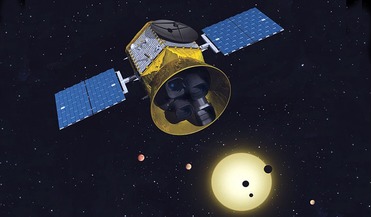 02 January 2018
2017 - What a year!
02 January 2018
2017 - What a year!
... giant. Planets galore were found, including the discovery of seven new Earth-size planets located in the TRAPPIST-1 system and the second closest temperate planet to Earth after Proxima b. With the help of AI, researchers also...
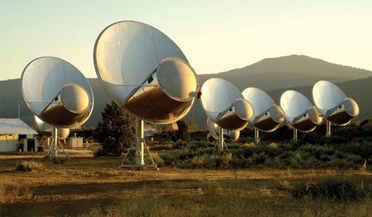 14 September 2018
AI helps find new pulses from mysterious FRB source
14 September 2018
AI helps find new pulses from mysterious FRB source
... Telescope Array (ATA), radio signals from other celestial objects of interest, such as the seven Earth-sized TRAPPIST-1 system of exoplanets that was discovered last year are also being targeted. ATA, which is situated at the...
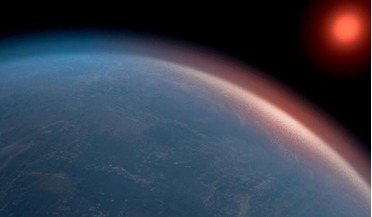 06 April 2020
Planets can form second atmospheres rich in CO, new study shows
06 April 2020
Planets can form second atmospheres rich in CO, new study shows
... account for why some planets in a system differ so much than others, such as those in the now famous TRAPPIST-1 system. Hubble observations two years ago, revealed that at least three of the exoplanets (d, e, and f) do not seem...
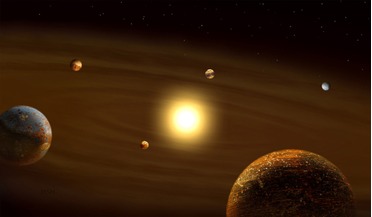 17 April 2020
A six-planet system is discovered and more could be hiding say astronomers
17 April 2020
A six-planet system is discovered and more could be hiding say astronomers
... the resonance was altered. "Several compact systems with several planets in, or close to resonances are known, such as TRAPPIST-1. Such systems are believed to form far from the star before migrating towards it. In this scenario, the...
 September 2017
Science searches for cosmic company
September 2017
Science searches for cosmic company
... planets have been observed by NASA’s Spitzer Space Telescope around a tiny ultra-cool dwarf star called TRAPPIST-1. Three of these planets lie in the habitable zone. This artist’s concept appeared on the cover of the journal...